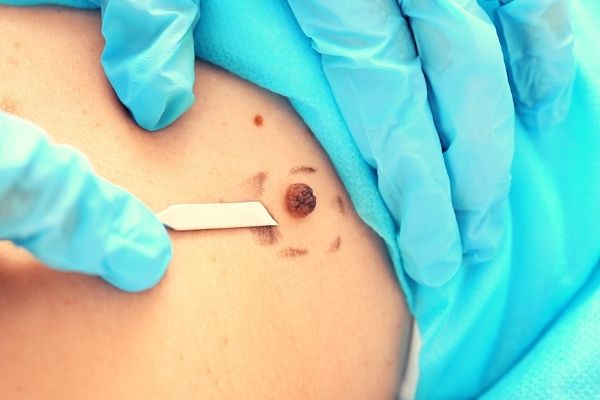
Mole removal has become an increasingly prevalent procedure in Dubai, where aesthetic standards are high and individuals prioritize their appearance. For many men, the decision to undergo mole removal may stem from aesthetic considerations or health concerns, particularly if the mole exhibits irregular characteristics. This essay serves as a comprehensive guide for men undergoing Mole Removal in Dubai, focusing on key aspects of the recovery process.
Understanding the Procedure:
Mole removal is typically performed by dermatologists or cosmetic surgeons. The procedure can be conducted in several ways: excisional surgery, shave removal, or laser treatment. Each technique has unique advantages, and the choice often depends on the mole’s size, type, and location on the body. An initial consultation with a qualified dermatologist is essential to determine the most appropriate method. During this consultation, potential risks, benefits, and aftercare instructions will be discussed thoroughly.
Preparing for Recovery:
Preparation is a vital aspect of the recovery process. Before undergoing mole removal, patients should ensure they are in good health. It is imperative to disclose any medications, allergies, or underlying health conditions to the practitioner. Men should consider refraining from blood-thinning medications, such as aspirin or certain supplements, in the days leading up to the procedure, as these can increase the risk of excessive bleeding.
Men are also advised to plan their recovery period accordingly. Scheduling the procedure when ample time is available for rest can significantly enhance recovery outcomes. Patients should avoid strenuous activities and exercise for at least a week post-operation to minimize complications and promote healing.
Immediate Post-Operative Care:
After mole removal, immediate care is critical to avoid infections and ensure optimal healing. Patients are typically provided with specific aftercare instructions, which may include keeping the area clean and dry, applying topical antibiotics, and avoiding exposure to sunlight. For men undergoing the procedure on areas prone to irritation, such as the face or neck, particular care should be taken to manage clothing and personal hygiene.
Pain and discomfort following the procedure are common; however, these symptoms can usually be managed with over-the-counter pain relievers. It is essential to follow the dermatologist’s guidelines regarding medication and follow-up appointments.
Signs of Complications:
Although complications are rare, it is crucial to be aware of potential issues during the recovery phase. Men should monitor the removal site for signs of infection, such as increased redness, swelling, or discharge. Anyone experiencing severe pain, fever, or other unusual symptoms should contact their healthcare provider immediately. Timely intervention can prevent further complications and ensure a smoother recovery.
Sun Protection:
A significant aspect of post-operative care involves protecting the surgery site from sun exposure. Men’s skin can be particularly vulnerable, and exposure to ultraviolet (UV) rays can lead to pigmentation issues or scarring. Patients are advised to wear high-SPF sunscreen on the affected area whenever outdoors and to don protective clothing, such as hats or long sleeves, to shield the skin from direct sunlight.
Avoiding sun exposure for at least four to six weeks post-removal is generally recommended to ensure proper healing and optimal cosmetic outcomes. Dermatological consultations can provide tailored advice on sun protection during this critical period.
Returning to Regular Activities:
The timeline for resuming normal activities largely depends on the individual’s healing process and the nature of their work or lifestyle. Most men can return to light activities within a few days after the procedure. However, high-impact activities and exposure to water, such as swimming, should be avoided for at least two weeks to minimize the risk of infection.
It is crucial to heed the advice of medical professionals regarding activity levels. Gradually reintroducing physical exertion can help gauge the body’s readiness and prevent unnecessary strain during the healing phase.
Conclusion!
Mole removal is a significant decision that requires careful consideration and aftercare. Men in Dubai seeking this procedure should be well-acquainted with the recovery process to ensure a successful outcome. By understanding pre-operative preparations, post-operative care, signs of complications, sun protection, and the timeline for resuming normal activities, men can navigate the recovery journey with greater ease and confidence. Ultimately, prioritizing health and following professional advice can affect not only physical well-being but also enhance one’s overall aesthetic satisfaction.